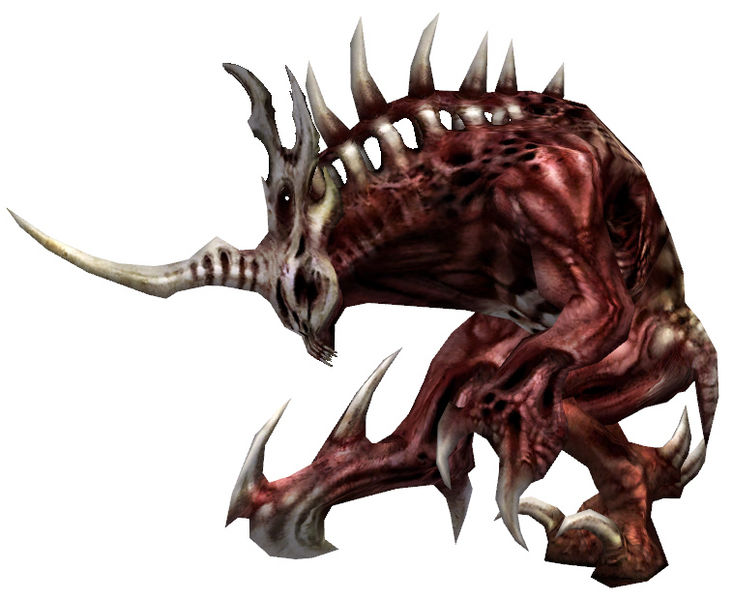There are often discussions on which is the best or most powerful profession, bsst or most powerful spell or spell list and so on. I am going to share my thoughts on Spears.
![art1[1]](http://www.rolemasterblog.com/wp-content/uploads/2015/06/art11.jpg)
A great many professions can only realistically expected to develop one weapon skill. This is especially true of the pure and hybrid spell casters whose points cost are normally along the lines of 9, 20, 20 , 20 and so on. If your concept of the spell caster was layed down in your formative years playing D&D then it is almost instictive to think dagger or staff for your weapon. The lord of the rings movies atleast give Gandalf a sword. I think spears should be the ‘go to’ weapon of choice.
Here is my reasoning.
- Most spears are wooden and contain very little metal. This is a good thing for all spell casters excepting the Mentalists for whom it is a non-issue.
- As a spell caster you are unlikely to be in the front line during combat but the reach of the spear allows you to take part but at a safe distance, preferable from behind a big burly fighter. (or evenmore prefferably behind a Amazonian warrior princess in little more than a chain mail bikini, or is that just me?)
- Talking of the reach of a spear, they get a nice healthy initiative bonus on the first round of combat. If you really need all the bonuses going your way then going first in a fight is no bad thing.
- Still talking about the reach of a spear, no one seems to carry 10′ poles any more but a spear is the next best thing.
- At least once you will give in to the urge to use your pole vault skill using your spear. I know this isn’t just me as there is an illusionist in Heroes and Rogues (Ryssa Tyrpal) who does exactly that!
- If your version of Arms Law allows it then you can use your spear with your shield (-10OB for one handed in the RMC Arms Law).
- The spear is a sort of cross over weapon. If you look at the similar weapons table assuming your GM allows you to throw your spear at half skill then it is worth carrying some javelins (or Pilum) as these are similar. Your one weapon skill now allows you both a melee and ranged weapon.
- Spears are similar to quarter staff or the wizards friend as I like to call it. Everyone knows that the most powerful daily items seem to be either rings or staves so if you are lucky enough to get a magic staff at least you can fight with it! If you are dumped in the middle of nowhere with no kit then you can probably find a big stick you can use as a staff (or failing that as a club as a spear is also similar to cudgel)
- Spears are similar to lances! Oh yes, if the party is going in a mounted charge against that knot of orcs then you can join in the fun. You can take this even further, a bit of displacement here, blade turn there, a shield spell and an illusionary (for the non-mentalists) set of plate and you can even go jousting.
- In total a spear is ‘similar’ to 10 different weapons from pilums to pole arms but importantly none of them are swords. Every Tom, Dick and Harry carrys a sword so when it comes to dividing up the treasure they all fight over the swords and bows but your spear skill gives you a massive selection most of which no one else can use.
- For Mentalists, of all sorts, spear, shield plus chain or plate armour and you can go carousing with the fighters and no one bats and eyelid. Try that in wizards robes and it is a real conversation killer. The wizard failing to chat up the barmaid is frankly embarrassing, a fighter failing to chat up the barmaid is par for the course and no one will give it a second thought.
This was going to be ten good reasons for carrying a spear but as you can see the spear gets 11 or 10. What more can I say?






